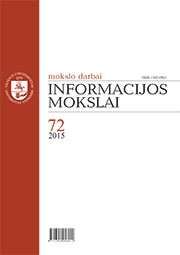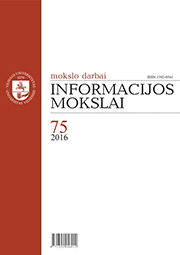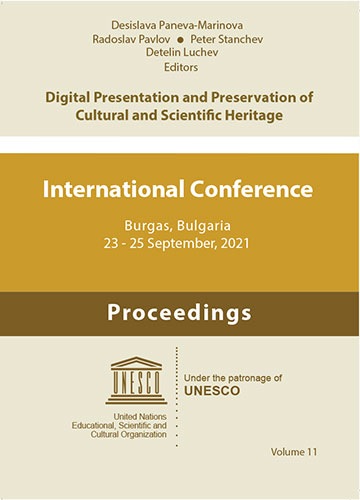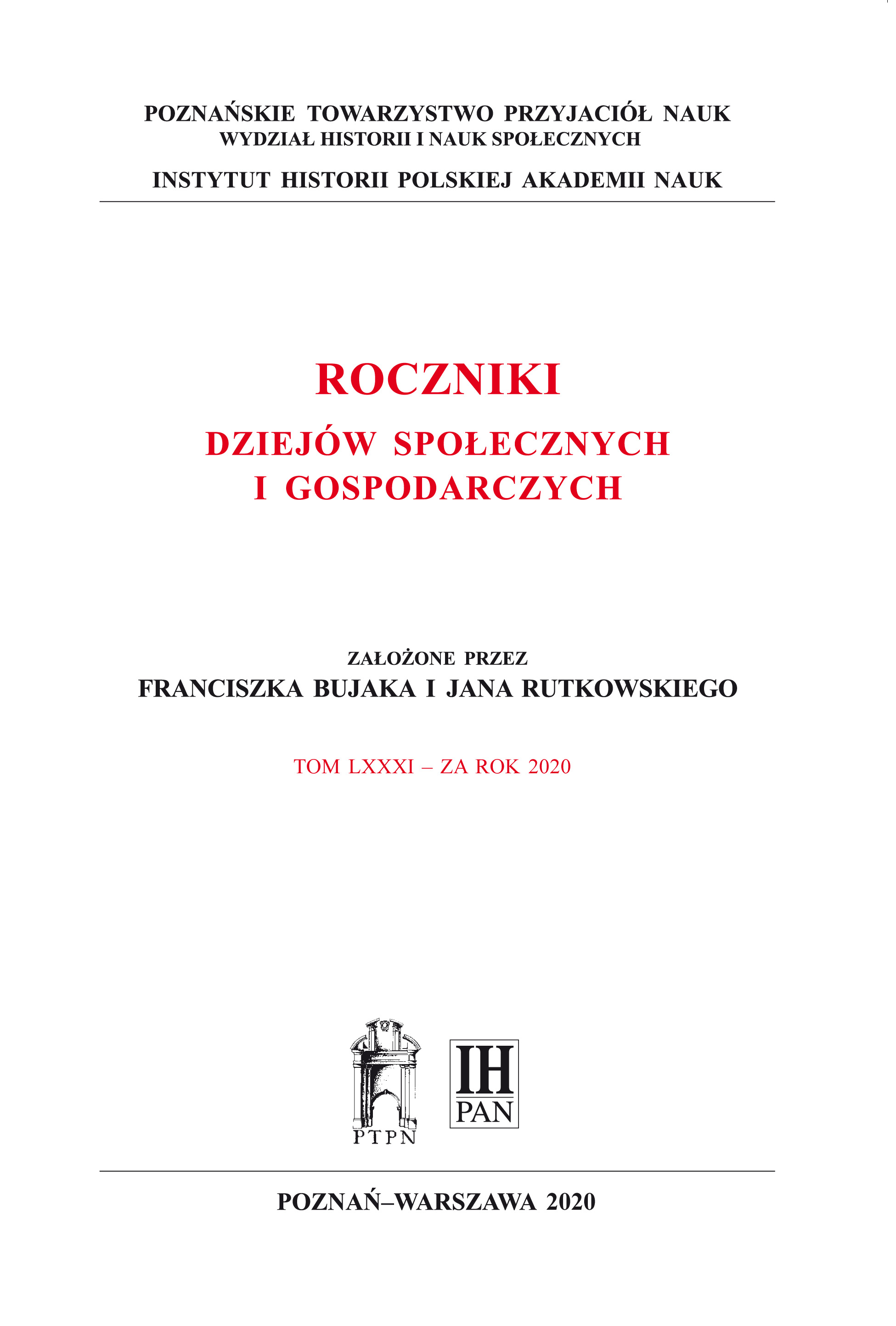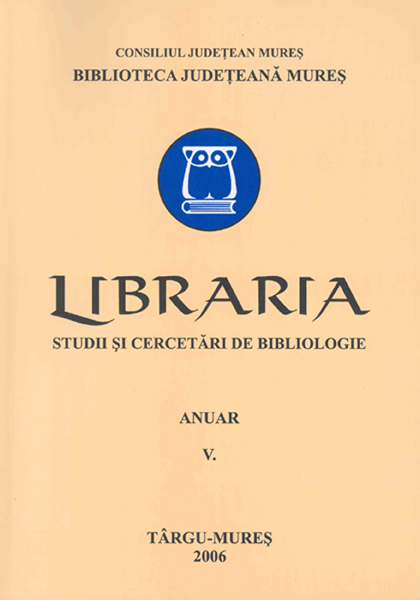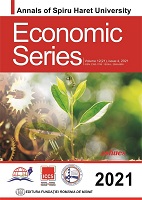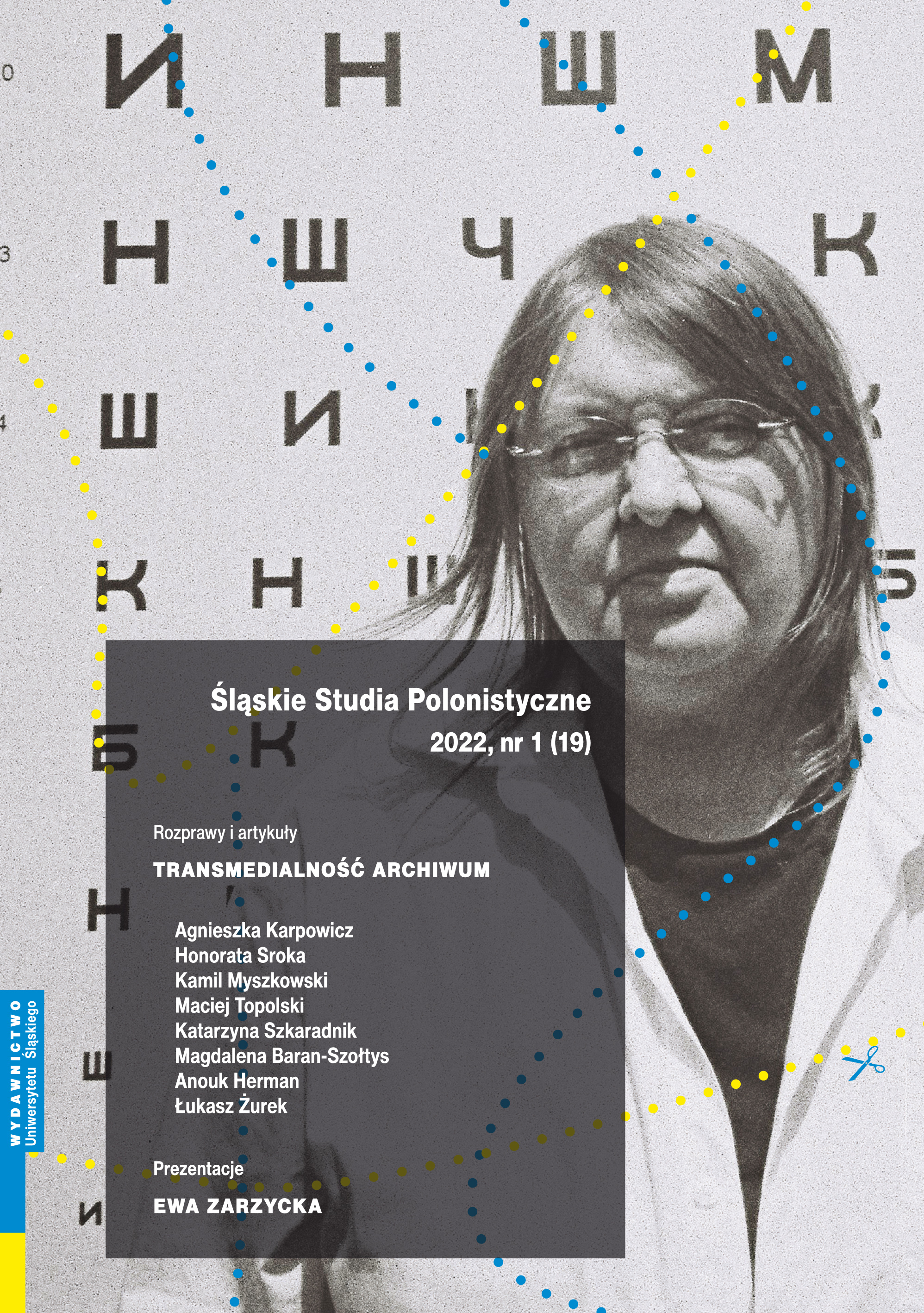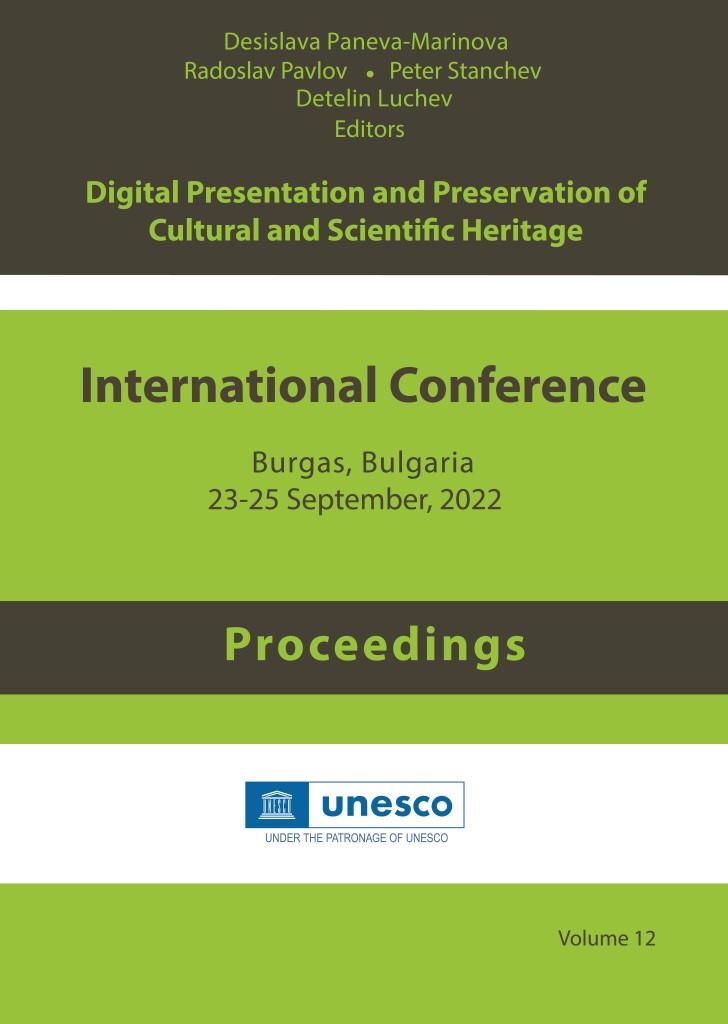Author(s): Regina Varnienė-Janssen / Language(s): Lithuanian
Issue: 75/2016
The purpose of this article is to reveal the corporate storytelling usability in organizational communication. The paper analyses the most important aspects of its application to increase the target group’s interests and their involvement in the organization’s communication. In contemporary business organizations, communication corporate stories are defined as one of the effective strategies to control the huge flow of information, give it a clear and attractive form and create a unique and memorable image of the organization for its target audiences. After the analysis of scientific literature, it was stated that storytelling is an integral part of successful activity of organization not only in creating the image of the organization inside and outside, but also in ensuring the smooth functioning of the work, motivating the employees, strengthening the organizational culture, sharing the knowledge etc. It was stated that the importance of corporate storytelling is growing in the participatory culture context. Contemporary organizations seek more attractive forms of communication and represent visual and interactive stories in the multimedia environment instead of facts or other quantitative indicators. This technique does not deny the importance of the facts, figures or schemes, but it fosters to look more carefully at the business strategy and to link the strategic goals with the social context and the problems of the target audiences. The article addresses the presentation of Lithuanian and Lithuania-related documents in the digital environment in 1992–2015. One of the key factors impacting presentation of Lithuania’s published documents in the digital environment was the transformation of bibliographic control. This publication focuses on this transformation, which, after the establishment of the National Bibliographic Data Bank (hereafter NBDB, Nacionalinės bibliografijos duomenų bankas), provided more opportunities for access to Lithuanian and Lithuania-related documents in the digital environment. By employing the European Commission’s 2-3-6 concept for electronic publishing, the process management theory and the analysis of the qualitative content research publications as well as recommendations by the European Commission, IFLA and UNESCO for national bibliographic agencies, we conceptualized processes of bibliographic control in Lithuania and set up a model for NBDB’s content, products and added value. The qualitative analysis and the analysis of this model showed that the transformation of bibliographic control in Lithuania in 1991 determined the realization of the added value of the processes of Content Creation, Complex Content Measures, Marketing, Data Transfer, Service Provision and Maintenance, and User Interface and Systems. The process of Content Creation has been realized by undertaking national bibliographic control, including its retrospective aspect and the additional function of current national bibliographic control. The implementation of the function of current national bibliographic control allowed creating the current national bibliographic, retrospective and authority electronic bibliographic records for Lithuania’s documents. This, in turn, allowed libraries and other cultural institutions carrying out selection of Lithuanian and Lithuania-related documents to reuse extensive records for Lithuanian and Lithuania-related documents for their catalogues as well as to monitor authorship and publication history. At present, national bibliography is used not only by libraries, publishers and book commerce – it also lays the groundwork for the statistical analysis of Lithuania’s publishing output, the Government’s policy for education and culture programs as well as the calculation of the publishing production scope. The creation of NBDB also determined successful implementation of additional functions of bibliographic control (bibliographic records printed in a book; standard ISBN, ISMN and ISSN numbers), which serve as significant tools for the universal access to Lithuania’s published documents. The following standard identifiers are used within NBDB: the International Standard Text Code (ISTC), the International Standard Audiovisual Number (ISAN), the International Standard Musical Work Code (ISWC), the International Standard Record Code (ISRC), the International Standard Name Identifier (ISNI) and the National Bibliography Number (NBN). The use of these identifiers improves access to published documents and their component parts in the digital environment. The process of Content packaging with its key functions of setting the scope of the national bibliography, application of content standards, application of identification standards and authority control ensures submission of legal deposit, which forms the basis for bibliographic control; preparation of descriptive and authority records; and identification of books, serial and music publications on the international level and providing better access to them. However, it has been proved that the Resolution of the Government of the Republic of Lithuania “On the Order of the Submission of Legal Deposit of Printed and Other Documents to Libraries” of 11 December 2006 does not sufficiently reflect all the aspects of the functionality of legal deposit within the complex system of bibliographic control and does not provide for fully implementing the main functions and remit of a legal deposit body (The new version of the document was published on 11 June 2016). Therefore, drafting a law on legal deposit remains of current interest. Such a law would clearly define the purpose of legal deposit as well as provide measures for ensuring the collection and registration of legal deposit and long-time preservation and access of the national publishing output; also, for identifying document types for legal deposit with a focus on the archiving of electronic documents and explicitly identifying measures for implementing the law. As of July 2016, the NBDB contained 3 097 144 thousand current and retrospective national bibliographic records for Lithuania related documents, 66 063 of which were retrospective records created during the process of retroconversion of bibliographic records or preparing such records within NBDB. Now records of the national retrospective bibliography are linked with the Virtual Electronic Heritage System (VEPS) containing digital copies of the documents. It meets the requirements for today’s digital libraries as well as users’ expectations to read publications online or on mobile devices. The Marketing process with its key functions of administrative management, service evaluation, distribution of products and services and cooperation with publishers provides opportunities to take responsibility for preparation and access of the national bibliography; perform analysis of marketing and competition; participating at international and national fairs and conferences directly and online; provide paid or voluntary services regarding cooperation with publishers in sharing metadata and assigning international standard numbers. Bibliographic records containing ISBN and ISMN are a reliable prerequisite for successful access to Lithuania’s documents and book trade. The process of Data Transfer has the key functions of accessibility to networks and use of persistent identifiers. Within NBDB, these functions operate with the help of the Z.39.50, SRU/SRW and OAI-PMH protocols, and PURL identifiers. It ensures NBDB’s interoperability on the national and international level and allows to send bibliographic and authority records to Lithuania’s libraries and international networks. Data managers of LIBIS send initial data in the ISO 2709 format to NBDB from their local computers by means of automatic updating or export/import under agreements defining the purpose, provisions and order of data supply as well as their preservation and use. Copying NBDB records to local electronic catalogues by means of direct access is allowed for authorized clients. The process of Delivery support and Service process has the key functions of submitting information online and information transfer via OPAC. The databases of bibliographic records of electronic catalogues of LIBIS managers and managers of the LIBIS data are accessible to users from Lithuania and abroad via OPAC within the library or online. The publishers’ database is accessible via the online public access catalogue (http://www.lnb.lt/leidejai). The publication of data is approved under agreements with publishers. The codes of natural individuals are not published online. The process of User Interface and Systems has the functions of query formulation, visualization of results, provision of access points and interoperability. The linguistic supply of LIBIS adheres to the standards and protocols of ISO, IFLA and other international organizations; consequently, current and retrospective national bibliographic records, as well as authority records, satisfy all the requirements for current and retrospective national bibliography: records are extensive, multileveled and all the mandatory UNIMARC relation fields are employed, thus ensuring diverse search possibilities. When preparing analytical records, not only relation fields (linking a record for an article with the publication in which it appears) are used, but there is also an indication of its relation with the appropriate issue or volume. For personal and corporate names and uniform titles, access points (authority records) are provided, thus ensuring their control and effective access to them. The LIBIS software is based on the ORACLE system for database management and the unified system for script encoding (Unicode) used for cataloguing and information services. It allows providing records for publications which are issued in the original script, thus making it convenient for multilingual users. The described qualities of NBDB ensure its interoperability on the national and international level. NBDB records are reused for various purposes: selection of documents, collection development and maintenance as well as copy cataloguing. It also improves access to Lithuania’s documents, which are a reflection of its nature, history, sports and political and civic life as well as narratives of the national identity.
More...
